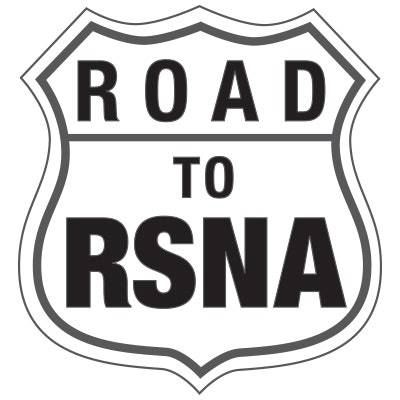
Welcome to the first installment of this year's Road to RSNA preview of the RSNA 2017 meeting in Chicago. For the ninth year in a row, we're providing a modality-by-modality overview of the most important scientific sessions to serve as your guide to events at McCormick Place.
Our journey along the Road to RSNA begins with our preview of imaging informatics, and specifically PACS, cybersecurity, clinical decision support (CDS), radiation dose-monitoring software, structured reporting, analytics, and issues regarding patient access to radiology results. Coverage of artificial intelligence presentations will appear in our upcoming Artificial Intelligence Preview, while IT talks related specifically to women's imaging topics will be featured in our Women's Informatics Preview. In addition, 3D printing and augmented/virtual reality technology will be highlighted in our Advanced Visualization section, another stop on the Road to RSNA.
It's not a question of if another large-scale cyberattack such as WannaCry will be unleashed, it's when. To help radiology departments be prepared, a number of speakers at RSNA 2017 will review cybersecurity threats to PACS and imaging devices, as well as offer suggestions on how to strengthen defenses.
Presentations on clinical decision support will highlight the software's educational benefits, such as for training physician assistant students and teaching referring physicians over time to order the right imaging studies. CDS may also help reduce the number of inappropriately ordered lumbar spine MRIs, according to one scientific session.
A number of research groups will highlight success stories with radiation dose-monitoring software, including how it lowered the average radiation dose from CT studies at a center in Taiwan and how it helped standardize CT scanning protocols and optimize dose at another large practice. In addition, a team will share how it used radiation dose-monitoring software to conclude that CT angiography is safe to perform during pregnancy, while another group determined that the RSNA's RadLex Playbook can streamline the monitoring and reporting of CT dose data.
In structured reporting developments, researchers will discuss the advantages of structured reporting, including how it's more helpful than conventional free-text radiology reports for planning treatment of uterine fibroids. Another presentation will describe the benefits of natural language processing for enhancing the use of structured reporting in clinical practice.
Patients are increasingly accessing their radiology reports, a trend that has led to some thorny issues. At RSNA 2017, researchers will address some of these challenges in talks on how and when patients prefer to receive their imaging results, the need for radiology reports to be simpler and easier to understand by patients, and the benefits of incorporating plain-language guidance on how to follow up on their findings.
See below for previews of these and other imaging informatics-related scientific sessions and posters at this year's RSNA meeting. Of course, these are just a sample of the content on offer; a host of refresher courses and educational exhibits on imaging informatics topics also await those who make the trip to Chicago. For more information on those talks and other abstracts in this year's scientific and educational program, click here.




















